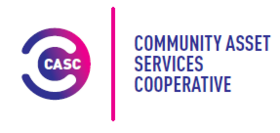
If you are thinking of setting up a community group, charity, or social enterprise in the UK, it’s important to understand how organisations are legally structured. The right structure affects who is responsible for debts, how you manage property, and what tax or funding advantages are available. This guide explains the main options in simple terms, including both charitable and non-charitable “body corporate” forms.
A body corporate is a legal entity recognised by law that can enter into contracts, own property, and operate independently of its members. Without this status, individual members could be personally liable for debts or legal issues.
These structures are often used for community projects or social enterprises that do not register as charities. They allow groups to operate safely, own assets, and manage community projects.
All charities must show that their activities benefit the public. The Charity Commission highlights two key principles:
Choosing the right structure for your community or third sector organisation is critical.
Non-charitable structures like CICs and BenComs allow flexibility and community focus, while charitable structures provide tax relief, funding opportunities, and public trust.
Using model governing documents from regulators simplifies registration and ensures compliance.
For further guidance: